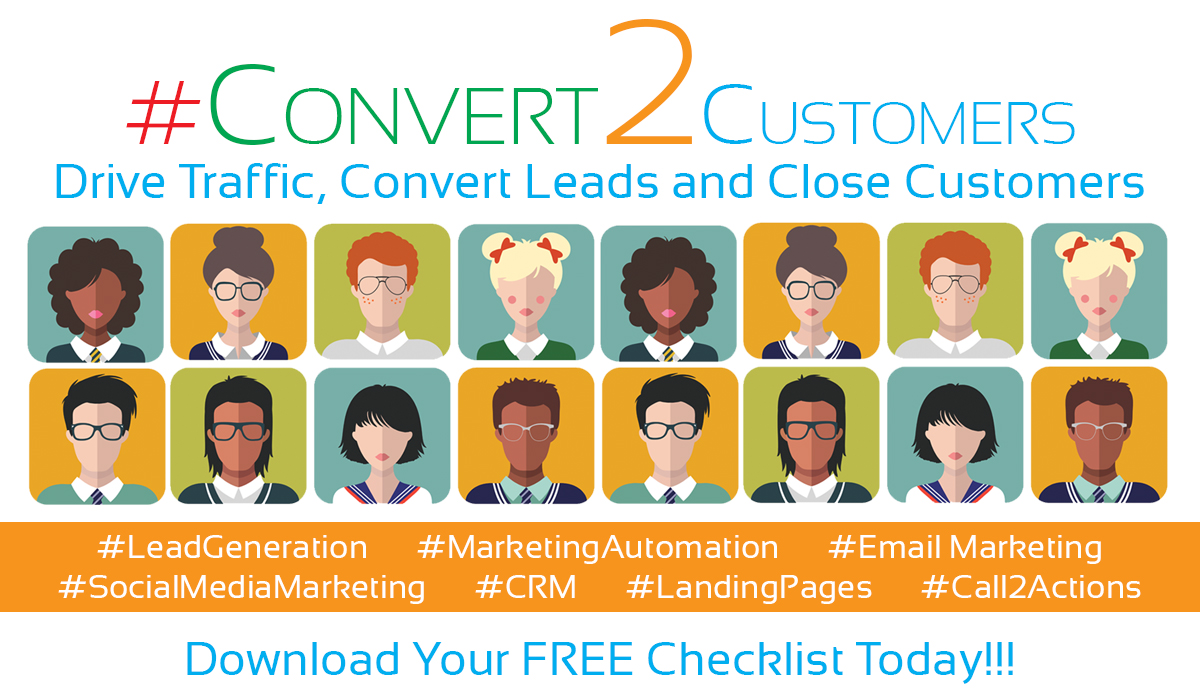It’s very hard to get things just right in business. Perhaps this is why large businesses fail to innovate in a timely manner. They have worked so hard on finally getting the basics just right. Now, they want to squeeze out as much potential before having to change again. However, at some point, every business must be able to pivot. Even the best-laid plans can be improved upon. But how do you know when it’s time to take those risks? Strategic risks are necessary for growth regardless of the size of your business.
King Of The Hill
Securing your place in the market can be done in countless ways. Your product and or service will need to stand up on its own two legs. The quality of the materials, design, and functionality will matter the most. However, where you can become a solid king of the hill is in the price bracket or position. Some businesses keep a certain product they make at one price no matter what. You find this in the food industry such as a brand that makes a family friendly chocolate bar. Keeping a pack of chocolate bars that both children and adults will enjoy the same price grabs a lot of attention with shoppers.
The hard task is finding what that price should be. However, once you are finding that a product is keenly selling and consistently sells, you should look to lock down on the price bracket. This way consumers can rely on you, and thus you’re always one of the main options every time they shop. You become a fallback for consumers but also, you become a regular buy.
Client Connection And Human Contact
Clients are often hard to find. In fact, most small businesses will confess that clients actually found them. It’s important to massage the client relationship right from the beginning. One way you can do this is to maintain the same point of contact. Clients should be dealt with like you would a customer face to face. Client relationships are inherently closer than the average consumer, therefore the need to build trust is substantial. Assign an employee to a particular client and have them be the first point of contact. Once the relationship between your employee and the client has been established, don’t change it if you can.
A client might be another business, but it also might be an investor. If you were pouring your money into a business would you want a new voice on the other end of the telephone each time? No, you would want the same person who you know and trust to talk to and iron out any problems you have or answer questions. Small business owners should not try to mix around first points of contact and clients. Leave them to fester a relationship and build trust.
Rebranding May Not Be The Way
It’s common for small businesses to go through many phases of redesign and rebranding. The logistical work of creating a new domain name and migrating your website over poses multiple challenges. First of all, Google is a big giant that takes a long time to update. The Google index is huge, thus once you have accumulated a large presence and consistent SEO power to a particular domain it’s difficult for the system to reroute that prestige over to a new domain. Even if you have done all proper methods of redirecting links on old pages to the new URLs, carried over the keywords, maintained genuinely useful content and overall good SEO practice, you may lose your ranking status.
If it can be helped, don’t change your domain name once you have it and have gained your core customer group. Once established, it’s difficult to not be thought of as you are. Your brand, theme, colors, logo, name and even domain name all matter with customer retention and loyalty.
Finding Your Age Demographic
Every business sets out with the aim of attaining their key demographic. It may take a few swerving turns to reach it but eventually, if you are getting your key features that match desires right, you will get your customer demographic right eventually. A key demographic is not the same thing as a core customer group. Just because you have made it into the demographic you want, doesn’t mean you have won a large portion of it over. For example, if you are a clothing line and you aim to a target of consumer between 18-30 you want a core customer group that starts at 18. This is because someone who is 18 might not want products designed for someone who is 30. However, if you find your niche demographic you can begin a journey that builds a relationship.
Once you have this age demographic, the chances of your products being bought as the consumer’s age increases. A core customer at 18 will stay with you until they are 30 which is the tail end of your target demographic. Keeping hold of them means you’ll need to focus mainly on satisfying their needs which are demonstrated through your product design, pricing, marketing, etc.
Small businesses are always innovating and trying to stay one step ahead of larger businesses. However, the painful lesson of not fixing what isn’t broke doesn’t have to be felt if you leave well enough alone when you have key things laid down. Remain in close contact with your clients but do so in a consistent manner such as having the same point of contact for each client.
Be sure to hop into the Savvy Entrepreneur Private Facebook Community to collaborate, learn and grow with your fellow entrepreneurs and business owners.
Similar Posts by Savvy Entrepreneur:
10 Income Reports by Entrepreneurs for Entrepreneurs
https://savvyentrepreneur.co/10-income-reports-by-entrepreneurs-for-entrepreneurs/
Get More Customers Using Your Website, Email Marketing, and Social Media
https://savvyentrepreneur.co/get-more-customers-using-website-email-marketing-social-media/
Mastermind Groups for Entrepreneurs Foster Accountability
https://savvyentrepreneur.co/mastermind-groups-for-entrepreneurs-foster-accountability/
This is a Collaborative Post








